All about VFX and CGI software (and more).
Apple Making PC Folk Look Good With the macOS Tahoe Update
Hey, remember how in the recent article on boosting battery life on Windows laptops I mentioned how power efficient Apple laptops were? And how one of the factors playing into that was the following:
The OS is bespoke. That means, MacOS runs only on Apple devices and therefore has less overhead compared to multi-platform operating systems like Windows (x86, ARM) or Linux (x86, ARM, MIPS, RISC-V and more)
Well, about that...
Apparently, Apple decided that battery life on their machines was not a priority, and more overhead is better! That includes phones and tablets, BTW, since these also received the dreaded iOS 26 update. You know, the "Liquid Glass" one.
The one, which is absolutely nothing like Windows Vista. Not at all. And stop comparing the two!
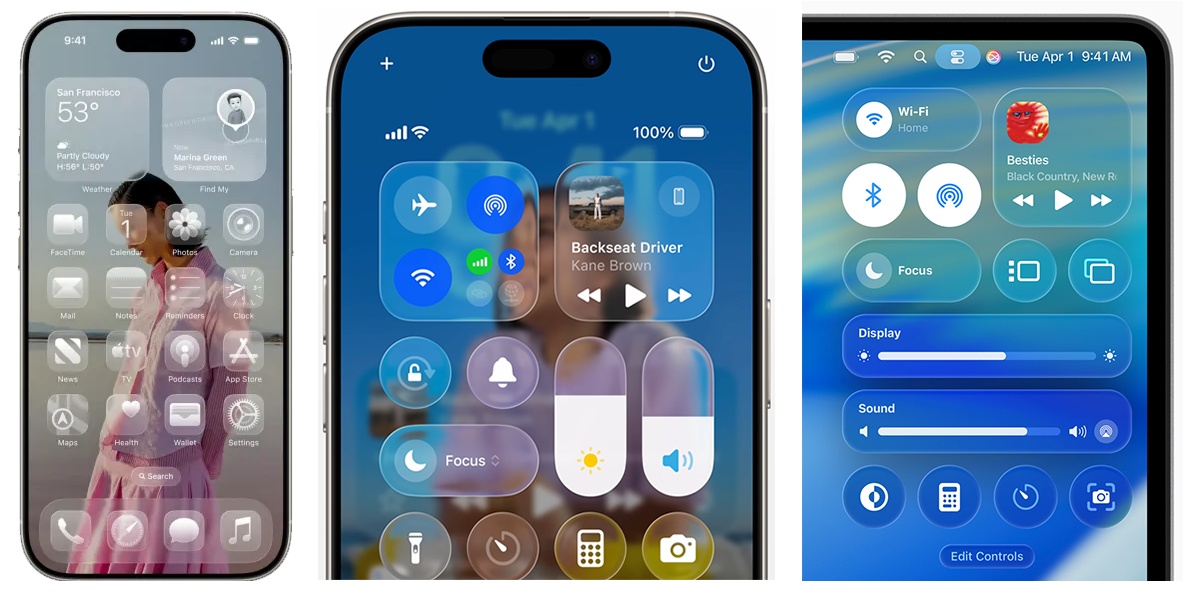
Naturally, users were pleased with the new design direction, better UI element readability, and highly praised the decision.

In a hilarious development, seems like there are actually even more similarities between macOS Tahoe and Windows Vista in yet another metric — battery life.
On Windows 10 Support EOL
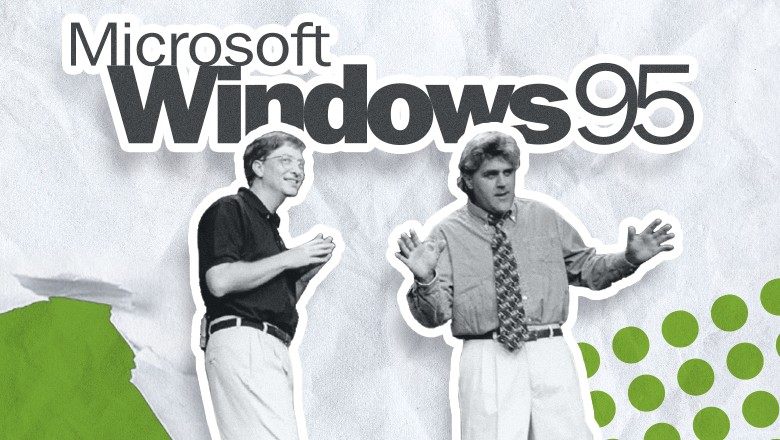
The end of support for Windows 10 updates and the aggressive push from Microsoft to force users to upgrade to Windows 11 (which is apparently "incompatible" with tons of perfectly fine computers) reminded me of a certain gem from a bygone era. I bet you've never seen it, as it was a rather obscure parody of the Rolling Stones' "Start Me Up".
“Bought It Up” was a spoof of that track, and one of several parodies and jokes spawned by Microsoft’s relentless use of the "Start Me Up" slogan during the Windows 95 launch in 1995. Windows 3.1 users who got suckered into purchasing a copy of the new OS quickly grew frustrated with its requirements and the resulting upgrade costs.
This song was later animated and shared on the forums as a Macromedia Flash (SWF) movie. Remember those? Yes, Macromedia, which Adobe gobbled up much later, in 2005. So technically this one is from the OG era of Flash. Ah, memories…
Here's the original SWF file if you need it. You can play it using Ruffle, an open source Flash Player emulator.
Just a random piece of the early internet humor culture for ya. Guess history does repeat itself, who would've known, lol.
The Tide Turns: Unity Abandons the Controversial Runtime Fee
Great news to all Unity devs out there!
Yesterday, Unity published a new post on their blog titled "A message to our community: Unity is canceling the Runtime Fee."
You have to read it, to believe it. After what felt like a catastrophic fiasco of a business model change — initially relying on an install count metric, later revised and replaced with a "runtime" metric that would count the number of Unity-made app instances running on client machines — this change of direction both fills me with delight and sends my mind racing.
Why?
I'm sure you're well aware of just how unpopular their previous decision was. So much so, that many developers announced they'd be migrating to other engines like Godot or Unreal. What's even worse for Unity — many devs actually delivered on that promise! This is especially telling, considering how buggy, incomplete, and limited Godot is compared to Unity, particularly with its build platform support. Not to mention how complicated Unreal Engine development can be due to its reliance on C++, making it less small-team friendly.
Still, I can't help but wonder why the whole Unity team including their sizeable board of directors went with a terribly and obviously flawed and under-cooked proposal from John Riccitiello, and just... Implemented it. I understand that Unity is a business with business goals, but such drastic changes to the Terms of Service should be announced well in advance, such as to not shock and drive your existing users away.
It's not my business to try and estimate how many clients Unity lost during this period of turbulence, but I absolutely welcome the return to the original business model. I'm not a fan of Unity making their 6th version require phoning home at least once every 30 days, but you're free to stick with your previous Unity LTS branch if you're content with its ToS. At least until it reaches its EOS, after which you'll have to upgrade. Other than that — good job, Unity, with getting rid of John Riccitiello, and re-evaluating your strategy moving forward.
Here's a backup of the original blog post in case Unity decides to quietly change it sometime in the future:
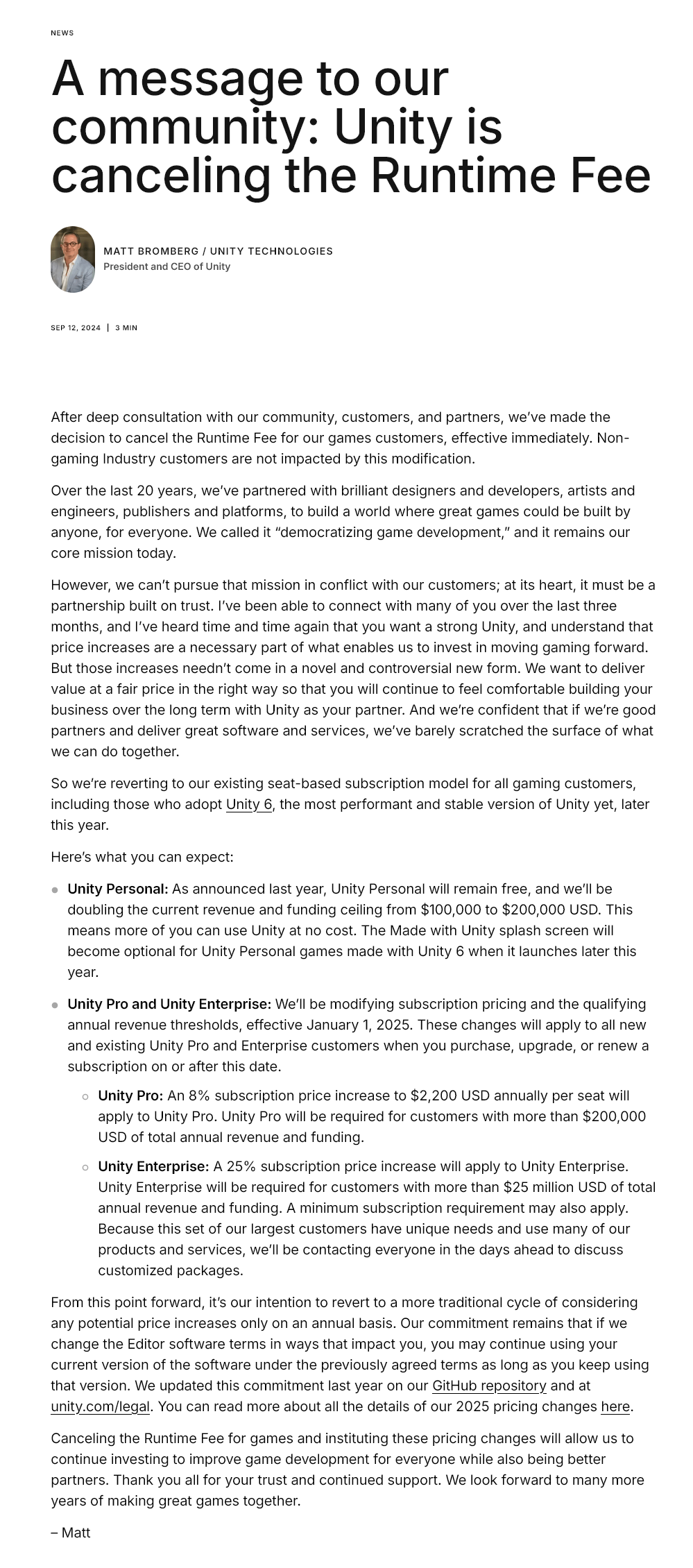
Hello Again, Unity. I Missed You
Some time ago I bashed Unity Game Engine (the Editor in particular) for its instability and lots of quirks and questionable changes that took place over the years following the version 4 release of the Editor.
Fast forward to this September. I'm done with my microcontroller shenanigans and have mostly finished the Design Document for the game I talked about quite a while ago (which took a lot of planning, for I am a project manager after all).
What's the next step then? — Exactly!
Prototyping!
So I've been playing with the latest "LTS" version of the Unity Editor 2021.3.7 and...
Wow!
And I mean a good wow:
- It's rock solid and hasn't crashed once even when I was importing some of my older code and extension methods from the previous game which I wrote in 2012-2015. And 95% of the code-base ended up being non-obsolete! I guess Unity APIs didn't change that much over the years, huh? How cool is that?
- Package Manager is amazing. Cutting some of the features of the engine from the binary/default assembly and turning those into officially supported packages with the added convenience of being able to download and update them as you please? What a deal!
- Unity Addressable Asset system (or "Addressables"). Nuff said. This is a feature Unity devs had been dreaming of for like a decade
- Nested prefabs. I know, I am a slowpoke, since this is not a new feature, but there is a difference: they work. Compared to my previous experience with nested prefabs in Unity when they would crash the editor like 50% of the time when I was editing them – now we're actually usable! Huzzah!
- Integration with Visual Studio is very solid, pleasure to work with
- I looks the same, feels the same and despite adding new features like DOTS and burst compiler, Unity team didn't change the paradigm too much, so being a knuckle-headed brute that I am I can continue using ScriptableObjects and MonoBehaviors for most of my objects and scripts. Yay!
- C#. Yes, C#. That C#. It's not new of course, but it's C#. It's C#, you see. It's not C or C++. It's C#. I love C#, I guess that's what I'm trying to say
- Also, Asset Store is still a thing. And can still save hundreds of hours of development for a couple hundred bucks
- Oh, yeah, it's still free of charge for indie devs. Just sayin'
All in all, the time has come...
Unleash the monkey coder!
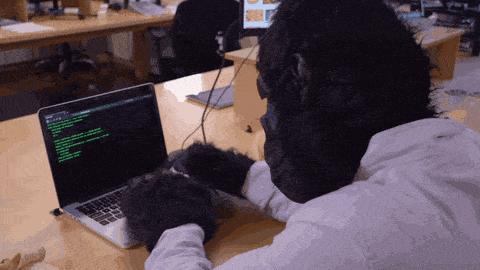
MAXXON: Exclusively for ZBrush Perpetual License Holders. Because We Care
November 16th, 2023 update: It finally happened:
Maxon has announced that ZBrush 2024 will not be available as a perpetual licence, making the new features subscription-only.
No comment.
Our Special Offer ©
As one of millions of ZBrush perpetual license holders, today I received this gem of an offer from Maxxon:
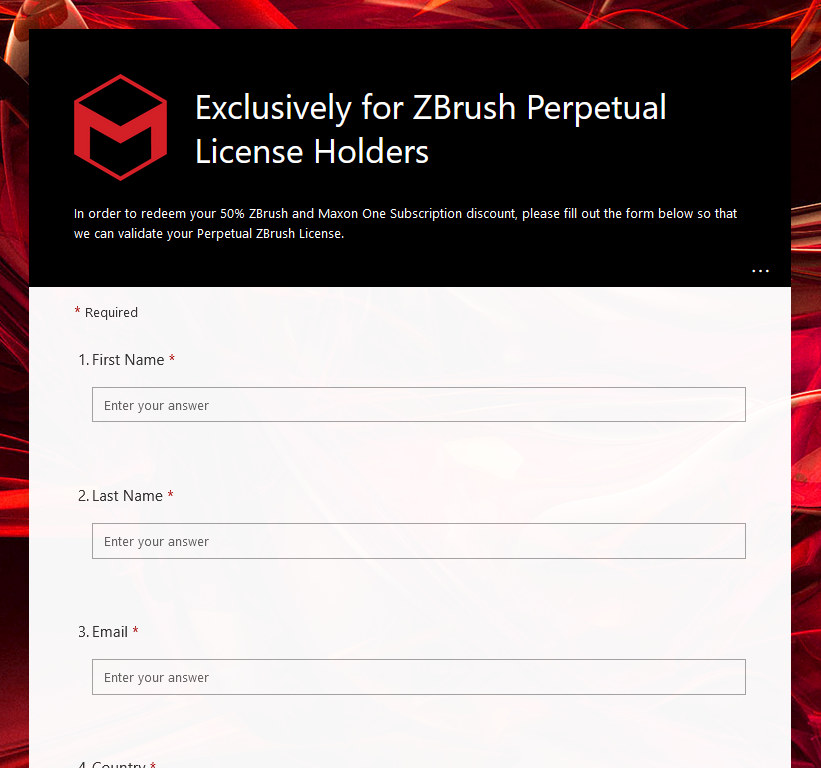
With the following description:
ZBrush has always stood for innovation and artistic empowerment. That is a philosophy that is shared by the Maxon creative community. We believe in empowering artists any way we can to help expand your capabilities and offer more to your clients. We are confident that having complete access to all Maxon tools, services and training will help you achieve your goals.
Just another bunch of corporate mumbo-jumbo with a poorly concealed attempt at selling a subscription to a perpetual license holder. Classic.
Because We Care
"...We are confident that having complete access to all Maxon tools, services and training will help you achieve your goals."
Don’t Trust Open-Source Software in 2022 (Or Ever?)
Open-source community and the concept in general are mostly considered a good phenomena. Maintainers of the free Software are praised, as in most cases they are dedicating their own time and money to make sure the apps and modules they develop or look after can be used by the rest of the world. And they use this power to make the world a better place.
Except when they go a bit too far.
I Will Strike Down Upon Thee!
When was the last time you audited the code of the open-source Software you use on a daily basis?
Well, get used to doing that regularly from now on, since apparently RIAEvangelist, a maintainer of a popular node.js module named "node-ipc", came to a realization that he gets to decide the fate of some users' files as he recently submitted a new patch to the module which does something, that technically falls under the "malware" category: the update added new stealth functionality that would recursively go through the users' files and replace the contents of each one with the ❤️ (heart emoji) if it detected that the user was located in Russia or Belarus.

Apparently this was supposed (?) to help (?) stop (?) the on-going conflict between Russia and Ukraine? Don't ask... I don't get it either.
Buy That Zbrush License Before It’s Too Late!
ATTENTION!
MAXON is about to acquire Pixologic!
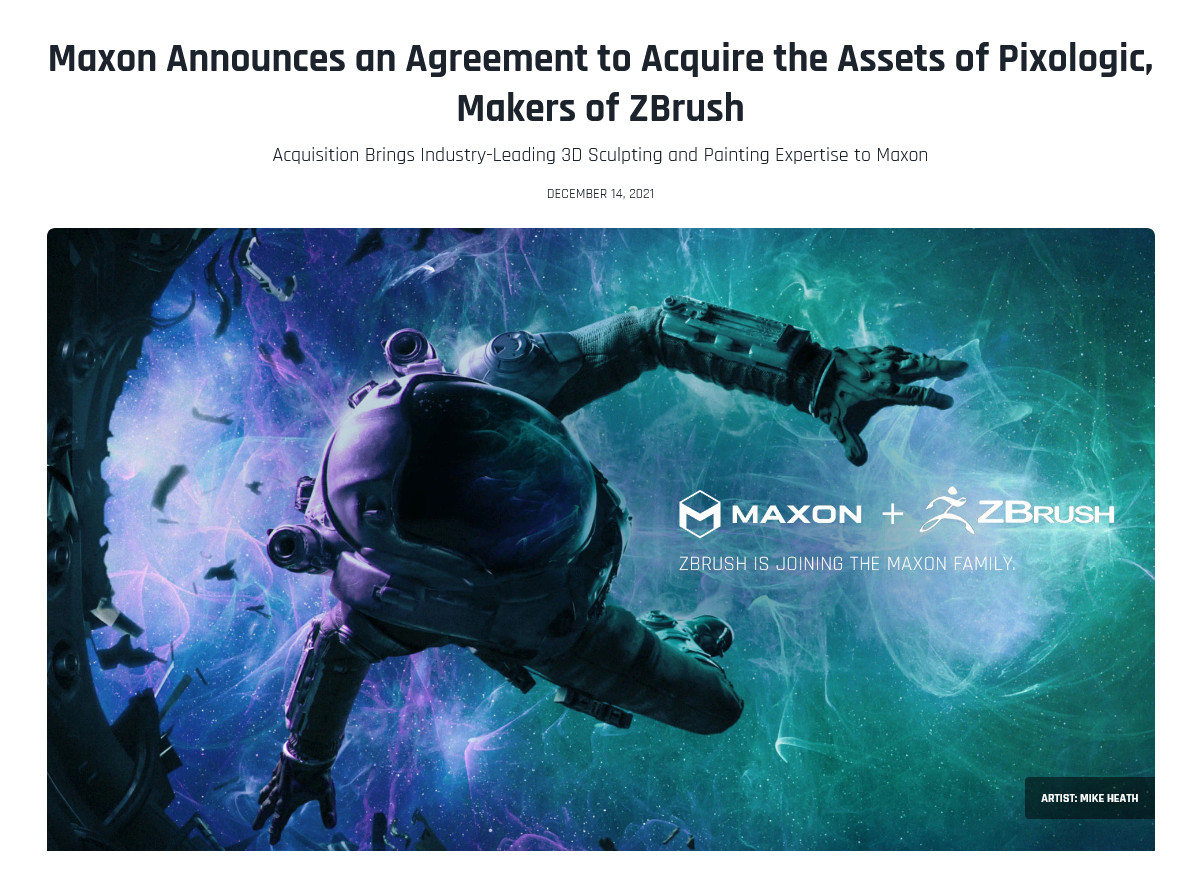
If you were hesitant about purchasing that perpetual ZBrush license, YOU HAVE TO DO IT ASAP before they make it subscription-only, just like they did with Redshift Renderer!

It just keeps getting better, doesn't it?